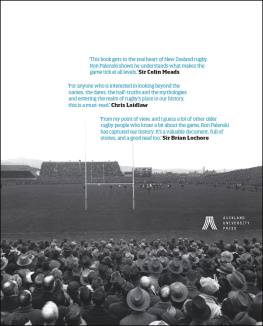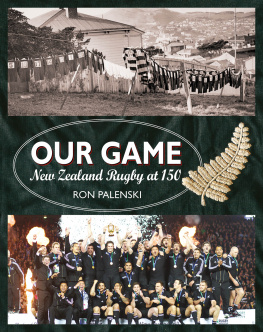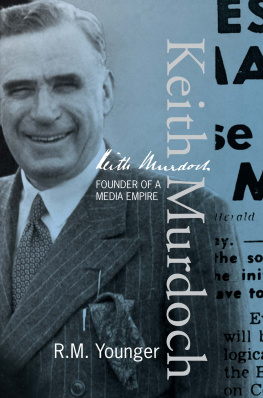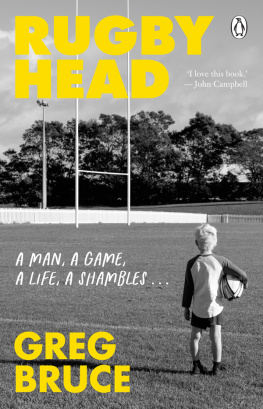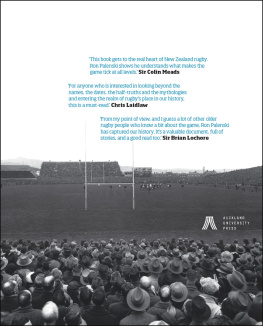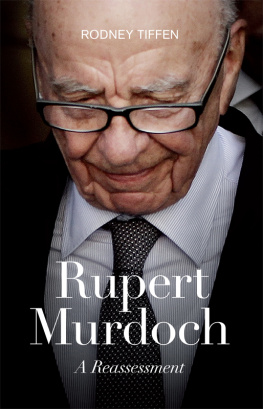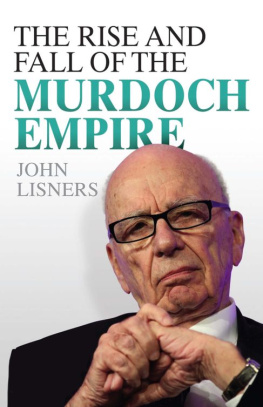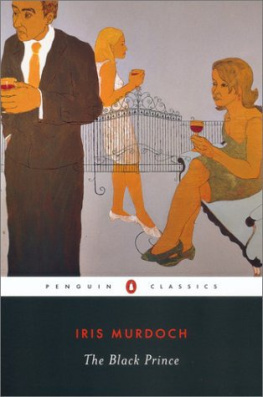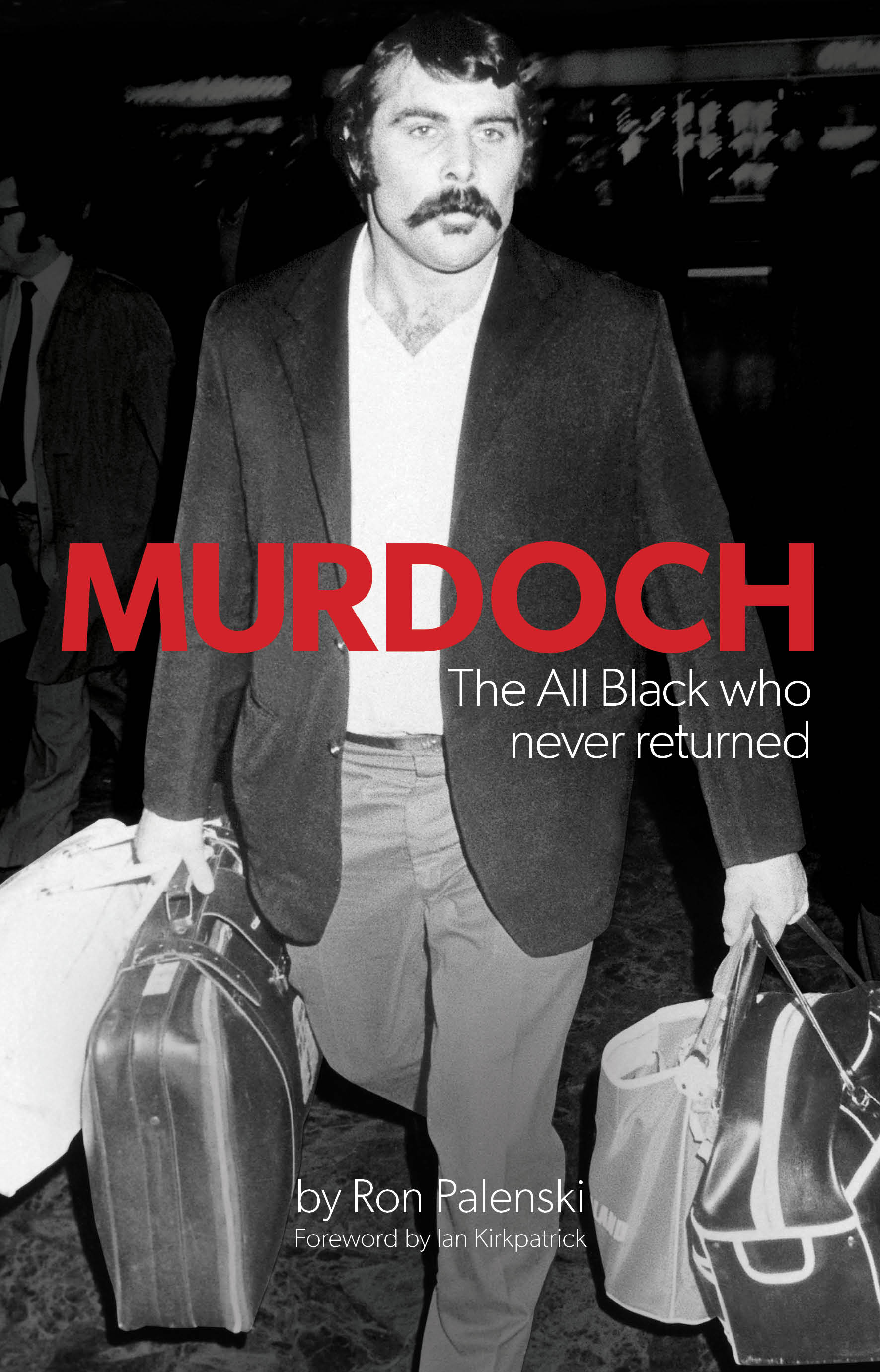A catalogue record for this book is available from the National Library of New Zealand
ISBN
E: 978-1-988516-34-9
M: 978-1-988516-35-6
An Upstart Press Book
Published in 2018 by Upstart Press Ltd
Level 4, 15 Huron St, Takapuna 0622
Auckland, New Zealand
Text Ron Palenski 2018
The moral rights of the author have been asserted.
Design and format Upstart Press Ltd 2018
All rights reserved. No part of this publication may be reproduced or transmitted in any form or by any means, electronic or mechanical, including photocopying, recording, or any information storage and retrieval system, without permission in writing from the publisher.
Designed by CVD Limited ( www.cvdgraphics.nz )
Printed by 1010 Printing International Ltd., China
For Keith Murdoch, a victim of circumstance
Contents
Foreword
The Keith Murdoch Affair simmered away in New Zealand rugby for decades. It remains the greatest single regret of my rugby career and one of the saddest events of my entire life. Quite simply, I was horrified when Keith was dismissed from the 197273 All Blacks tour after an incident with a security guard at the Angel Hotel in Cardiff. Forty-five years on, my views have not changed.
As captain of that side, I have asked myself the same questions many times over: could I have done more to ensure Keith Murdoch wasnt banished from the tour; should I have done more?
At a management meeting the day after the incident and, of course, our test win against Wales I made it absolutely clear that I wanted Keith to stay on the tour. Everyone present agreed and he was named to start in the next match.
So, it came as a real shock when, the following day, manager Ernie Todd announced that Keith was being sent home. I knew Ernie had been under pressure to dismiss Keith from the tour; what I didnt know until years later was just how much pressure the Four Home Unions had exerted on our manager.
In reality, it took a few days before the enormity of the situation really sunk in. But one things for sure, the more I thought about it as the tour unfolded, the more I believed we should have put our foot down and issued an ultimatum: If Keith goes home, we all go home. Its a thought that has never left me...
As for the man himself, he was brilliant within the team environment, always willing to help out and very popular among his fellow tourists. I never had any issues with him on or off the field. Granted, he was media shy, but thats hardly a crime. There have been plenty of players in both the amateur and professional eras who have avoided the media spotlight.
Keith was a very good footballer immensely strong and a world-class prop. So, it is sad that his entire All Blacks career has been defined by that one incident after the test against Wales.
I have known Ron Palenski for many years. Not only has he been a great servant of the game through his many years as a leading sports writer and historian, but he is also a good rugby man who cares deeply about the game. Thats part of the reason I agreed to write this foreword. I knew the book would be well intentioned and I knew that Keith would be treated fairly.
Months before Keiths death when I was talking to Ron about this book I mentioned that it would be appropriate to see some sort of apology issued to Keith, and for him to be able to accept his All Blacks cap. Nothing would have given me greater pleasure. Even so, I did fear that a gesture such as that might have come too late for Keith; that he had well and truly moved on from those dark days.
The game will never forget him. He was a good man. Rest in peace, Keith.
Ian Kirkpatrick Gisborne, 2018
Acknowledgements
Ron Palenski is grateful to those who assisted with the researching and writing of this book, especially Warren Adler of Upstart Press for suggesting it in the first place, Kevin Chapman, also of Upstart Press, and to Kathy Palenski for her encouragement.
He also thanks the following for their time and their memories: Phil Atkinson, Wyndham Barkman, Phil Campbell, Greg Cornelsen, Barry Donaldson, Malcolm Evans, Tony Gilbert, John Griffiths, Richie Guy, Peter Hills, Steve Johnson, Joe Karam, Ian Kirkpatrick, Lindsay Knight, Roger Lipski, Brian Lough, Jim McKenzie, Bob McKerrow, Jeff Matheson, Robert Messenger, Dean Millar-Coote, Gideon Nieman, Tane Norton, Bob Perry, Dave Potter, Peter Sinclair, Bob Thompson, Piet Visagie, Bryan Williams, Ces Williams.
He also acknowledges the authors whose works appear in the bibliography and the assistance of the New Zealand Defence Force. The author is also grateful to the Department of the Attorney-General and Justice, Northern Territory Government, Darwin, for making available the transcript of the inquest into the death of Christopher Limerick.
Introduction
Winston Churchill once said famously of Russia that it was a mystery, wrapped in a riddle, inside an enigma. So too the story of Keith Murdoch, the rugby player of stupendous strength who, just a day or so after scoring a winning try against Wales in December 1972, was banished from the All Blacks tour and imposed upon himself a cone of enduring silence and public isolation.
A book on a subject about whom and about which there are so many questions and so few answers, at least not answers supported by credible evidence anyway, may seem strange. Some of the answers were not readily apparent on the night events unfolded and in the days afterward, so they are even more elusive as time goes by.
The picture window on an increasingly opaque past closed at Easter 2018 with Keith Murdochs death in Western Australia. He never spoke about what happened that December night in Cardiff and now his voice is forever silent. The writing of this book had been completed when Murdoch died and I dont know if he even knew I was writing it. Or, if he did, cared. But it seemed to me that with his death, with the possibility however remote that he might one day tell his side now removed, the book became even more relevant. It is a tale worth telling, even if gaps will now forever remain.
The enigma which houses the riddle and the mystery is Murdoch himself. When he was a practising and a proud All Black, he seldom talked about himself and rarely talked to journalists. He hardly ever allowed himself to be photographed, although he did appear in some posed shots with other players. One exception was when he was being measured for his tour blazer by Wellington tailor Bob Kidd, and that photograph graphically demonstrated just how big Murdoch was.
But he was not a monster by the standards of his day, let alone by comparison with the behemoths of modern rugby. His height was generally given as 1.83 metres, about six feet, which made him about average height for a prop and about the same height as three of the backs in 1972, Bruce Robertson, Mike Parkinson and Mark Sayers.
His weight when he was chosen for the northern hemisphere tour was given as seventeen stone and four pounds (109110 kilograms) and two other forwards, Graham Whiting and Andy Haden, were slightly heavier at 111 kilos.
Like much in sport, however, statistics dont tell the whole story. Murdoch was big and strong. He had a massive chest. Bob Kidd said Murdochs chest measured 127 cm, four centimetres more than the previous biggest he had measured. (He would not say whose that was.) He was a big, strong man naturally and his condition had been hardened not just by rugby, but also by the multitude of physical tasks he enjoyed. Such as towing a car by the simple method of steering with one hand and hanging on to the tow rope with the other. It is highly unlikely that Murdoch saw the inside of a gymnasium with the exception of one when he was a schoolboy, and he had to run and jump and climb ropes like every other kid. There were no weights involved.


